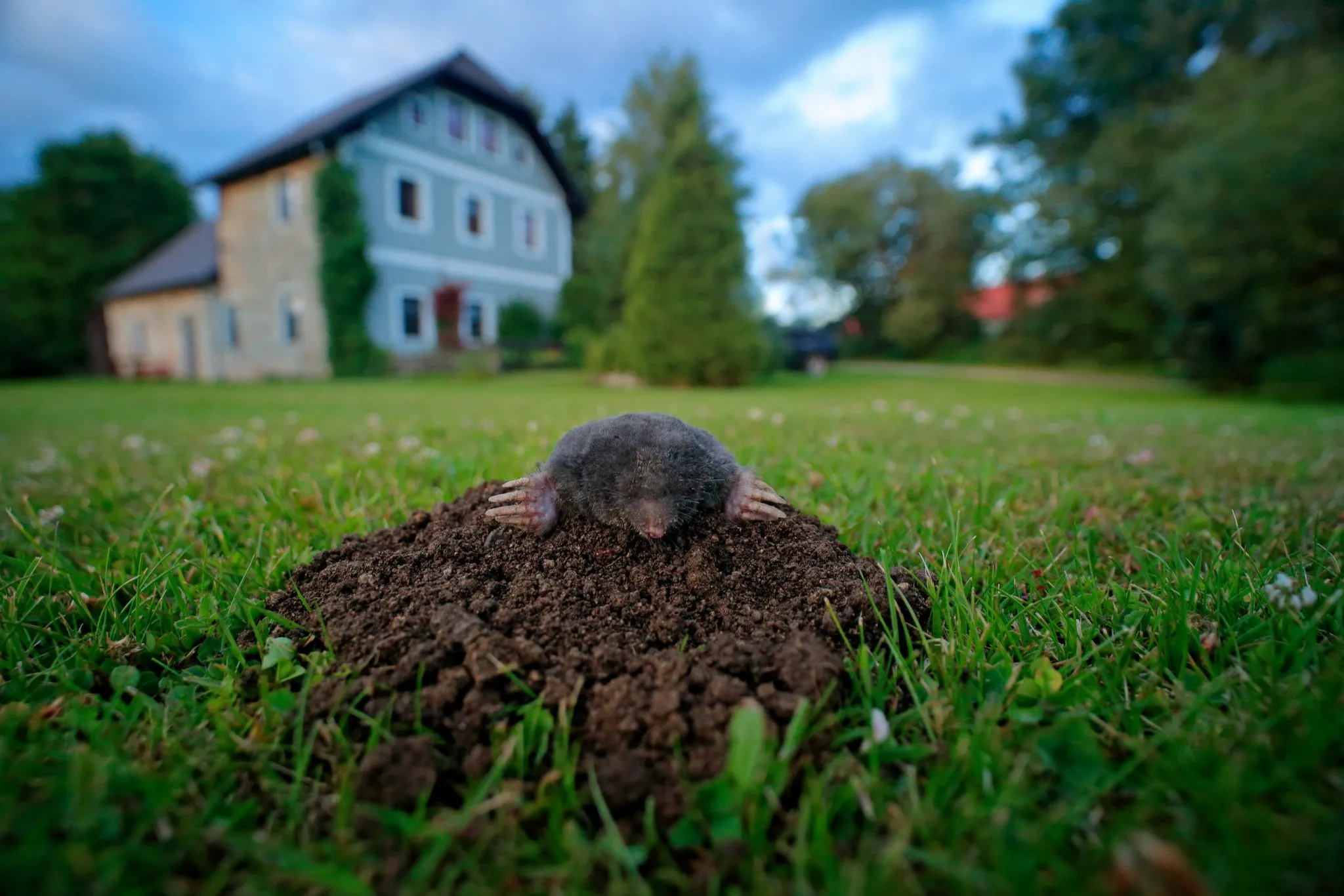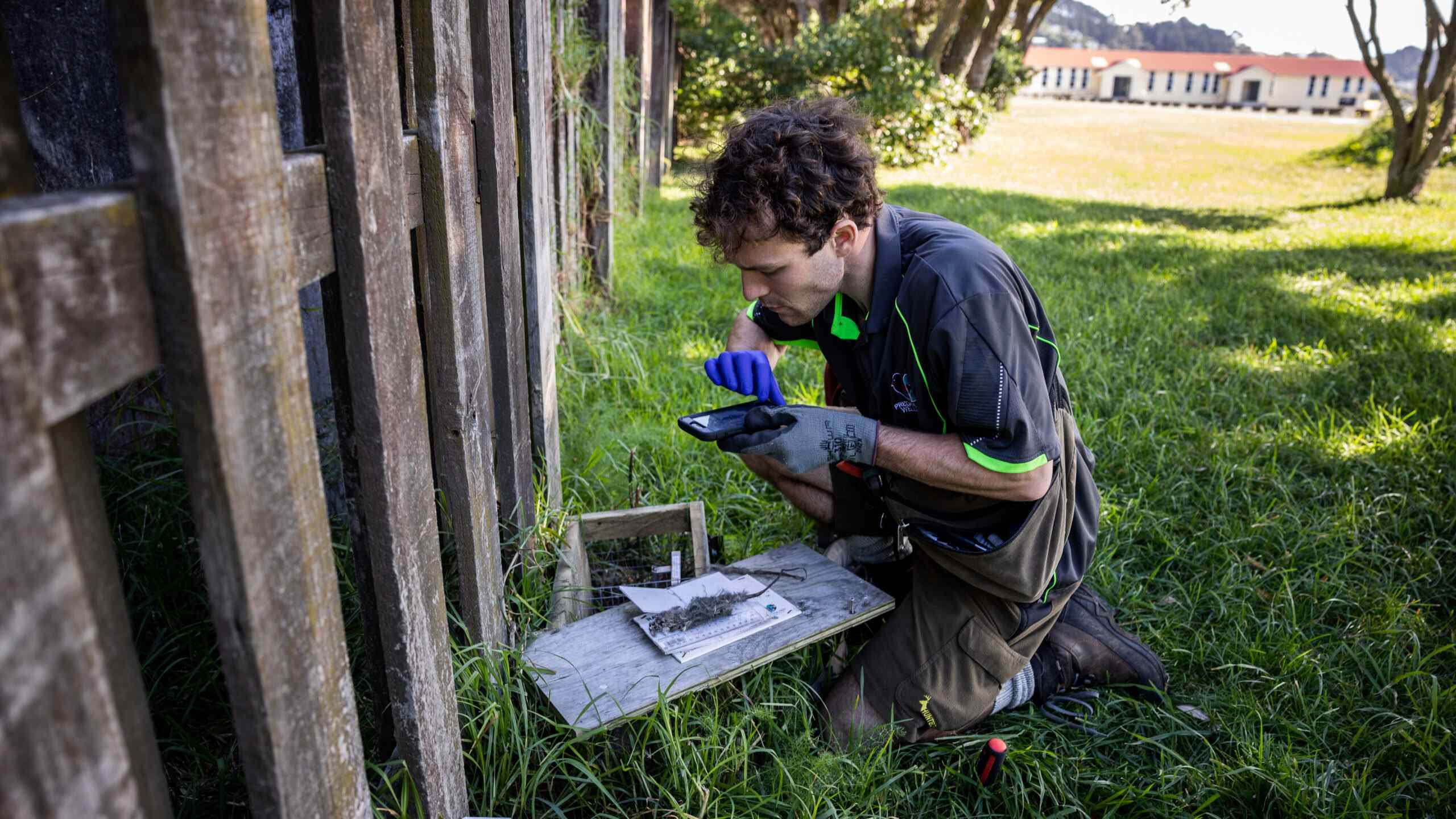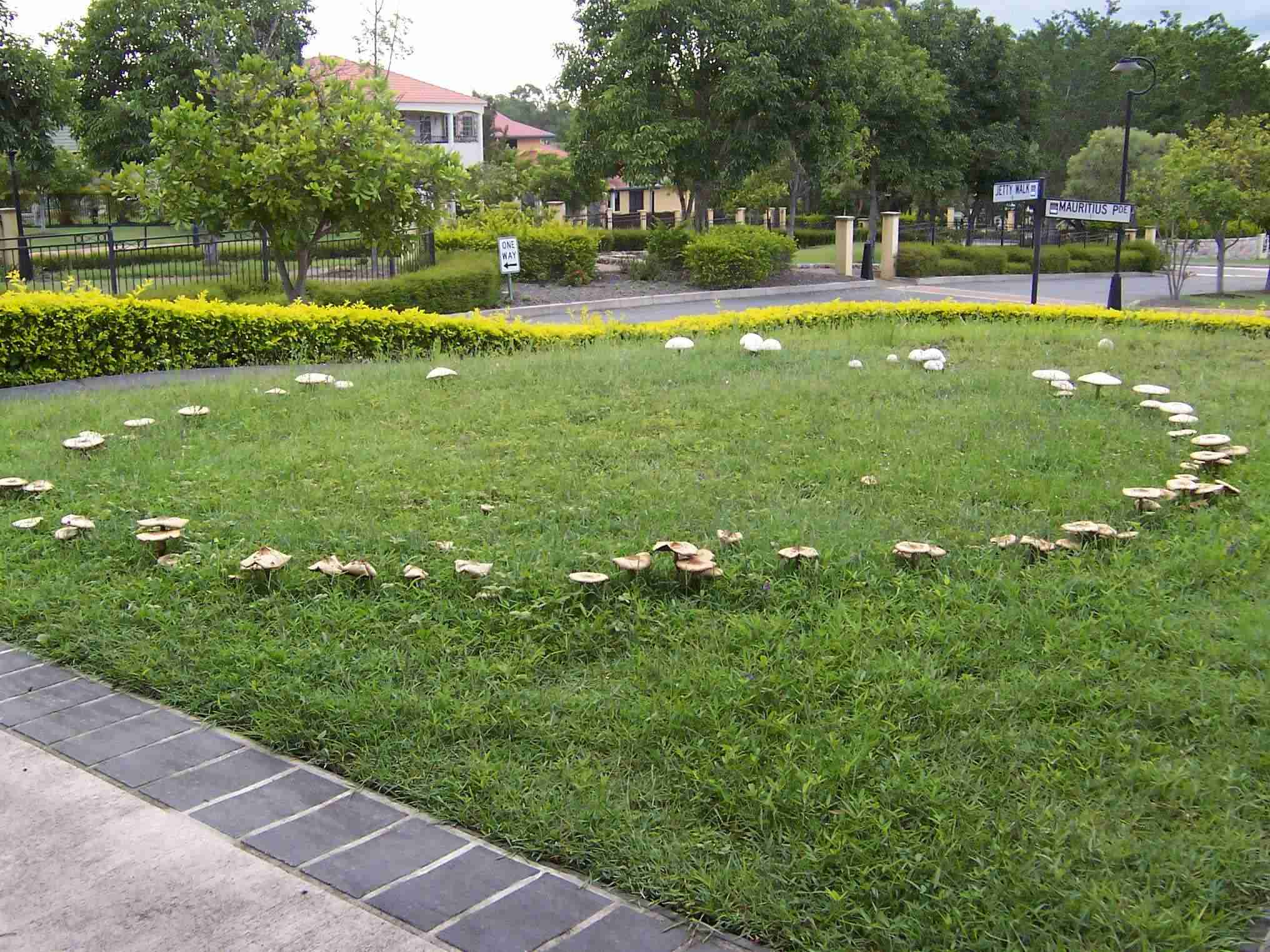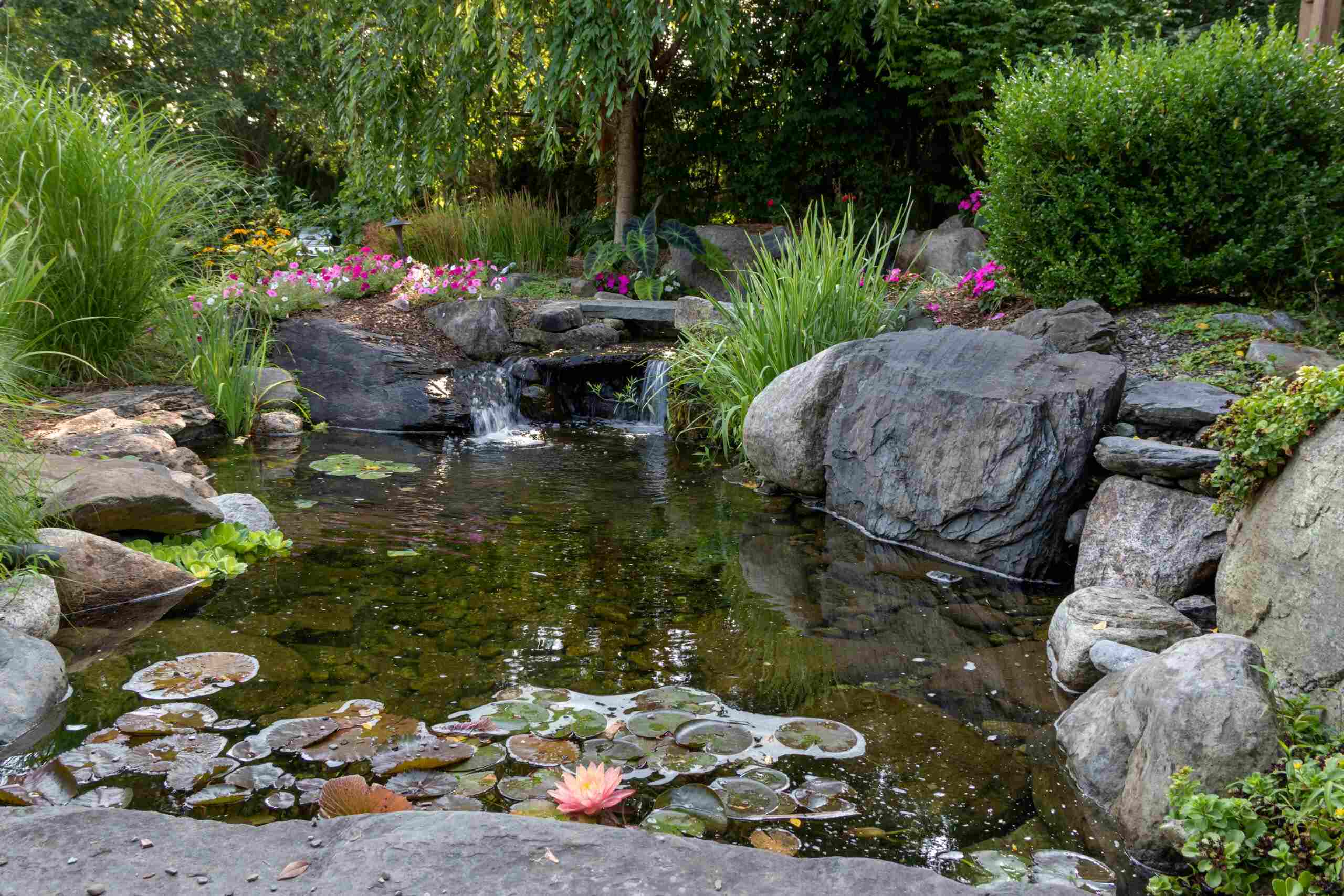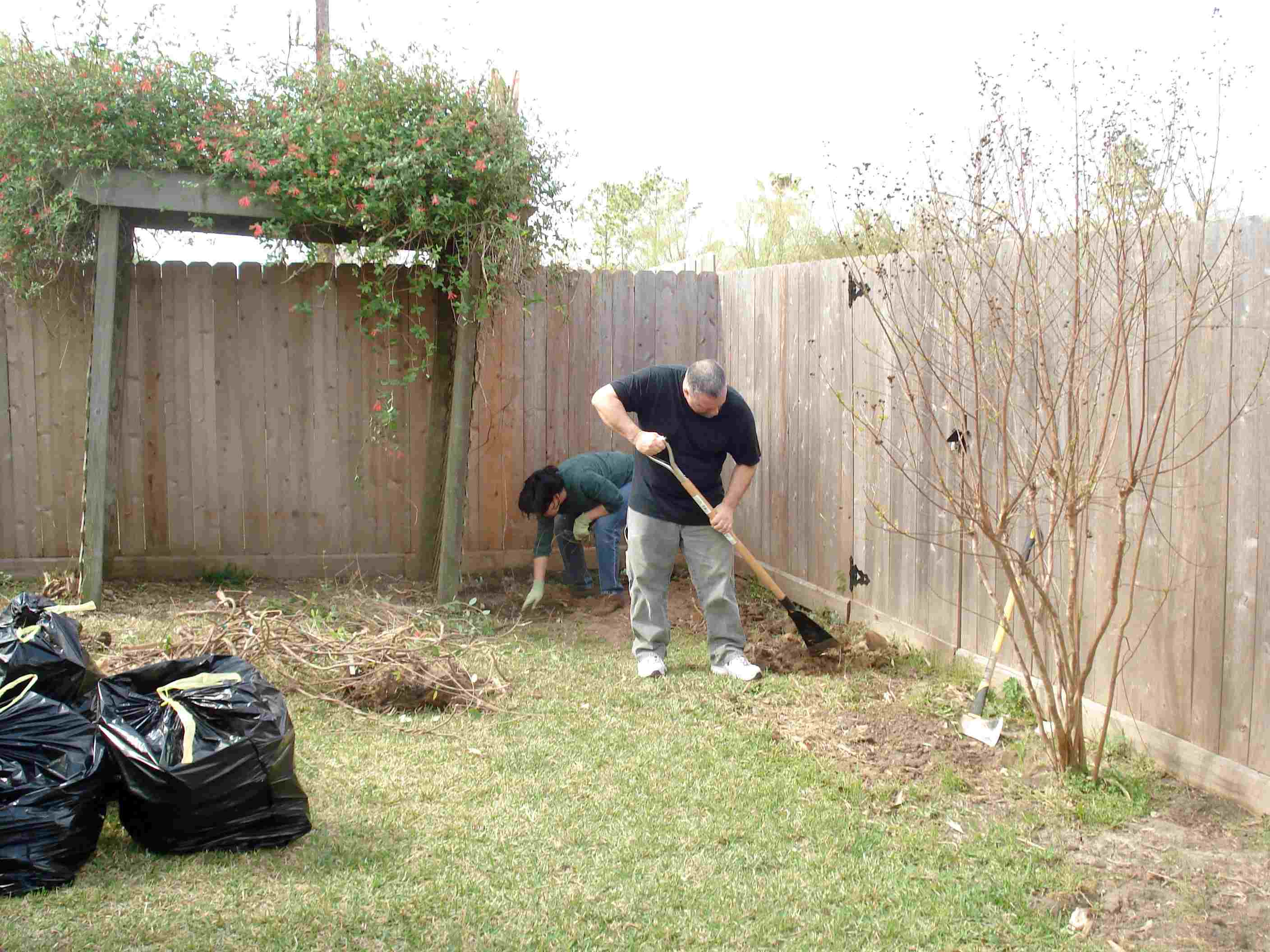Home>Gardening Tips and Tricks>How To Get Rid Of Gophers In Your Backyard


Gardening Tips and Tricks
How To Get Rid Of Gophers In Your Backyard
Published: August 5, 2023
Are gophers wreaking havoc in your backyard? Discover effective problem-solving techniques to get rid of these pesky rodents and reclaim your outdoor space.
(Many of the links in this article redirect to a specific reviewed product. Your purchase of these products through affiliate links helps to generate commission for Chicagolandgardening.com, at no extra cost. Learn more)
Table of Contents
Introduction
Gophers can quickly become a nuisance when they invade your backyard. These small rodents are known for their extensive tunneling activities, which can wreak havoc on your garden and landscaping. If you’re dealing with a gopher problem, you’re probably wondering how to get rid of these pesky pests and restore peace to your outdoor space.
In this article, we will explore various methods to effectively eliminate gophers from your backyard. Whether you prefer natural solutions, DIY traps, or professional exterminators, there are options available to suit your needs and preferences.
Understanding how gophers behave and the signs of their presence is crucial in successfully dealing with an infestation. Once you’re aware of their habits, you can implement the right strategies to eradicate them from your property and prevent future intrusions.
We will also delve into natural gopher repellents that can deter these rodents from settling in your yard. Some common repellents include castor oil, garlic, and predator urine. These methods can be effective and environmentally friendly alternatives to chemical-based solutions.
If you prefer a more hands-on approach, we will guide you through using traps to catch gophers. Whether you choose snap traps or live traps, proper placement and bait selection are key factors in increasing your chances of success.
Creating a barrier to prevent gophers from entering your yard is another proactive step you can take. By installing wire mesh at the perimeter or beneath the soil, you can create a barrier that keeps gophers out while still allowing your plants to thrive.
If all else fails, calling in professional gopher exterminators may be necessary. These experts have the knowledge and tools to effectively eliminate gopher infestations, providing you with long-term relief.
By the end of this article, you will have a comprehensive understanding of how to tackle your gopher problem. Whether you choose natural methods, traps, or professional help, you’ll be equipped with the knowledge needed to restore your backyard to its former glory.
Understanding Gophers
Gophers are small, burrowing rodents that belong to the family Geomyidae. They are known for their stocky build, powerful forelimbs, and large front teeth, which they use to dig intricate tunnel systems underground.
There are several species of gophers, including the pocket gopher and the yellow-faced pocket gopher, which are common in North America. These creatures are primarily herbivores, feeding on roots, tubers, and other plant material found underground.
Gophers are excellent diggers, capable of creating extensive networks of tunnels. Their tunnels can range in length from a few feet to hundreds of feet, and they typically consist of a main burrow system with lateral burrows branching out. These intricate tunnel systems provide gophers with protection from predators and a place to store food.
One of the most notable characteristic of gophers is their ability to move large amounts of soil to the surface. They create mounds of dirt, also known as gopher mounds or gopher hills, near the entrance of their tunnels. These mounds typically have a distinctive crescent or fan shape, making them easy to identify.
Gophers are most active during the spring and fall when the soil is easier to dig. They are solitary animals, with each gopher controlling a territory that can be as large as 2,000 square feet. However, it’s not uncommon for multiple gophers to inhabit the same area, leading to more extensive tunneling and potential damage to your yard.
Understanding the behavior and habits of gophers can help you effectively deal with an infestation. By knowing what attracts them to your yard and how they operate, you can implement the right strategies to get rid of them and prevent future invasions.
By learning about gophers’ feeding habits, preferred habitats, and reproduction cycles, you can plan a targeted approach to eliminate these rodents from your backyard. This knowledge will also aid you in choosing the most suitable methods for gopher control, whether it’s using natural repellents, traps, or seeking professional assistance.
Now that we have a better understanding of gophers, let’s explore the signs of gopher infestation to determine if these critters have taken residence in your backyard.
Signs of Gopher Infestation
Identifying the signs of a gopher infestation is crucial in taking swift and effective action to eradicate these pests from your backyard. Here are some common signs to look out for:
- Gopher Mounds: Gophers create distinctive mounds of soil, often shaped like crescents or fans, near the entrances of their tunnels. These mounds are a telltale sign of gopher activity and can be found scattered across your yard.
- Tunnel Openings: Gopher tunnels are typically hidden beneath the surface, but you may sometimes spot openings or fresh soil around tunnel entrances. These openings allow gophers to access their burrow systems and can be found near gopher mounds.
- Damage to Plants: Gophers feed on the roots and underground parts of plants, leading to significant damage to your garden and landscaping. Keep an eye out for wilted or dying plants, particularly those with partially eaten or severed roots.
- Visible Rodent Activity: If you’re lucky, you may spot a gopher above ground, scurrying from one tunnel entrance to another. However, gophers are primarily subterranean creatures and spend most of their time underground, so this sighting may be rare.
- Gnawed Vegetation: Gophers have sharp incisors that they use to gnaw on vegetation. Look for chewed stems or foliage near gopher activity areas as an indicator of their presence.
- Collapsed Soil: As gophers dig their tunnels, the soil above may become loose and collapse, leaving small depressions in your yard. These collapsed areas may also be accompanied by gopher mounds nearby.
If you notice one or more of these signs in your yard, it’s likely that you have a gopher infestation. Taking prompt action is important to prevent further damage to your plants and landscaping.
In the next section, we will explore natural gopher repellents that can be used to discourage these rodents from making your backyard their home.
Natural Gopher Repellents
If you’re looking for environmentally friendly methods to deter gophers from your backyard, natural repellents can be a viable option. These methods often utilize substances and scents that gophers find unpleasant, causing them to seek out other locations for their burrows. Here are some effective natural gopher repellents:
- Castor Oil: Castor oil is a commonly used natural repellent for gophers. Its strong scent and taste are disliked by gophers, driving them away from treated areas. Mix a tablespoon of castor oil with a gallon of water and apply it to the affected areas using a spray bottle or irrigation system.
- Garlic: Gophers are repelled by the strong smell of garlic. Crush several garlic cloves and mix them with water to create a garlic-infused solution. Spray this mixture on plants and around gopher activity areas to deter them from entering your yard.
- Predator Urine: The scent of predator urine, such as that from foxes or coyotes, can be effective in repelling gophers. You can purchase predator urine from garden supply stores or use specially formulated granules that contain the urine scent. Spread the granules around gopher mounds or tunnel openings.
- Ultrasonic Devices: Ultrasonic devices emit high-frequency sounds that are disturbing to gophers and other rodents. These devices are designed to be placed in the ground near gopher activity areas, and the sound waves they emit can deter gophers from your yard.
It’s important to note that natural repellents may not provide 100% effectiveness in eliminating gophers, as individual responses to these repellents can vary. However, they can be used as a proactive measure to discourage gophers from invading your yard and causing further damage.
When using natural repellents, it’s essential to follow the instructions and reapply as needed, especially after rainfall or irrigation. Remember that persistence is key when using natural methods, as it may take time to see results.
If you prefer a more hands-on approach, the next section will guide you through using traps to catch gophers and effectively remove them from your backyard.
Using Traps to Catch Gophers
If natural repellents aren’t giving you the desired results, using traps can be an effective method to catch gophers and remove them from your backyard. Here are a few types of traps commonly used for gopher control:
- Snap Traps: Snap traps are simple and efficient devices for catching gophers. These traps consist of a scissor-like mechanism that snaps shut when triggered by the gopher. Place the trap in an active gopher tunnel, ensuring that it is aligned with the tunnel’s direction. Cover the trap with a small amount of soil to conceal it. Regularly check the traps and dispose of any caught gophers.
- Live Traps: Live traps are humane alternatives for catching gophers. These traps allow you to catch the gopher alive and release it in a suitable location away from your yard. Place the bait, such as fresh vegetables or peanut butter, in the trap and set it along an active gopher tunnel. Check the trap regularly and release any captured gophers far from your property.
- Pocket Gopher Traps: Pocket gopher traps are specifically designed for catching pocket gophers, a common type of gopher species. These traps consist of a metal box with a trigger mechanism. Proper placement is crucial for success, so locate the main tunnel and set the trap accordingly. Follow the manufacturer’s instructions for setting and baiting the trap.
When using traps, it’s important to handle them with caution. Follow the manufacturer’s instructions for proper usage, ensuring that you do not injure yourself or wildlife inadvertently. Regularly inspect and reset the traps as needed to maintain their effectiveness.
Bait selection is also essential when using traps. Gophers are attracted to a variety of fresh vegetables, fruits, and nuts. Experiment with different bait options to find what works best in your situation. Remember to replace the bait regularly to keep it enticing for the gophers.
It’s crucial to note that trapping gophers requires patience and persistence. Gophers may become cautious or avoid certain areas if they encounter traps or experience failed attempts. Therefore, setting multiple traps in different locations can increase your chances of success.
If trapping gophers seems challenging or time-consuming, the next section will introduce you to creating a barrier to prevent gophers from entering your yard altogether.
Creating a Barrier to Prevent Gophers
Creating a physical barrier is an effective method to prevent gophers from entering your yard and causing damage. By installing a barrier, you can create a deterrent that forces gophers to seek out other areas for their burrow systems. Here are a few strategies to consider:
- Wire Mesh: Installing wire mesh beneath the soil surface is an excellent way to create a barrier against gophers. Use a durable wire mesh with small openings, such as hardware cloth or chicken wire, that extends at least 2 feet underground. This prevents gophers from burrowing into your yard while still allowing water and nutrients to reach your plants’ roots.
- Buried Fencing: Another option is to bury fencing around the perimeter of your yard. Choose a strong material like galvanized steel or hardware cloth, and bury it at least 2 feet below the ground to deter gophers from digging under it. Ensure that the fencing extends above the ground to prevent gophers from climbing over it.
- Potted Plants: If you have specific plants or vegetables that are particularly vulnerable to gopher damage, consider using containers or raised beds. This makes it more difficult for gophers to access the roots and helps protect your plants from their burrowing activities.
- Rock Barrier: Gophers prefer loose, easy-to-dig soil, so creating a barrier of rocks or gravel around your yard can make it less attractive to them. The rocks make it harder for gophers to dig tunnels and discourage them from entering your yard.
When installing a barrier, ensure that it is properly secured and that there are no gaps or openings where gophers can penetrate. Regularly inspect your barrier for any signs of wear or damage and make any necessary repairs promptly.
It’s important to note that while physical barriers can be effective in preventing gophers from entering your yard, they do not eliminate the gophers already present in your yard. If you have an existing infestation, it’s best to combine barrier installation with other control methods, such as trapping or repellents, to achieve the desired outcome.
If you find that your gopher problem persists or if you prefer professional assistance, the next section will guide you on calling in expert gopher exterminators for effective and efficient removal.
Calling Professional Gopher Exterminators
If your efforts to control gophers in your backyard have been fruitless or overwhelming, it may be time to seek the help of professional gopher exterminators. These experts have the knowledge, experience, and specialized equipment to effectively eliminate gophers and provide long-term relief. Here are some reasons why professional assistance may be necessary:
- Expertise: Professional gopher exterminators have extensive knowledge of gopher behavior, habits, and the most effective control methods. They can conduct a thorough assessment of your property, identify the severity of the infestation, and develop a customized plan to eradicate the gophers.
- Specialized Techniques: Exterminators utilize various advanced techniques and equipment that may not be available to homeowners. This includes using underground gas or carbon monoxide injections to eliminate gophers within their burrow systems.
- Safe and Efficient Methods: Professional exterminators prioritize the safety of your family, pets, and the environment. They use highly targeted and environmentally friendly methods to remove gophers without causing harm to other wildlife or plants in your yard.
- Long-Term Solutions: Exterminators not only focus on eliminating existing gophers but also provide advice and strategies to prevent future infestations. This may include recommendations for habitat modifications or ongoing maintenance to ensure that gophers do not return to your yard.
- Time and Effort Savings: Dealing with a gopher infestation can be time-consuming and frustrating. By hiring professionals, you can save yourself the hassle and stress of trying to control the situation on your own. Exterminators handle the process from start to finish, allowing you to focus on other priorities.
When selecting a professional gopher exterminator, do your research and choose a reputable company with positive reviews. Ensure that they are licensed and insured to provide pest control services in your area. Contact multiple companies to compare their services, pricing, and guarantees before making a decision.
Remember that professional gopher extermination can be more costly than DIY methods. However, if the infestation is severe or persistent, the expertise and effectiveness of exterminators can outweigh the cost. Consider it an investment in restoring the health and beauty of your backyard.
Now that you have a comprehensive understanding of various methods to deal with gophers in your backyard, you can choose the most suitable approach based on your preferences, resources, and the severity of the infestation. Good luck in reclaiming your outdoor space from these unwanted rodents!
Conclusion
Gophers can quickly become a nuisance in your backyard, wreaking havoc on your garden and landscaping. However, by understanding their behavior and employing effective control methods, you can successfully eliminate these pests and reclaim your outdoor space.
In this article, we explored various strategies for dealing with gophers, starting with understanding their habits and identifying signs of infestation. We discussed natural repellents, such as castor oil and garlic, which can deter gophers from settling in your yard. Additionally, we learned about using traps, including snap traps and live traps, to physically catch and remove gophers.
Creating a barrier, such as wire mesh or buried fencing, can be an effective long-term solution to prevent gophers from entering your yard. We also highlighted the benefits of seeking the help of professional gopher exterminators who possess the expertise, equipment, and specialized techniques to eliminate gophers and provide ongoing prevention strategies.
Remember, no single method may completely eradicate gophers from your yard, as effectiveness can vary depending on the severity of the infestation and other factors. It may require a combination of methods and ongoing efforts to achieve the desired results.
Ultimately, the choice of which method to use depends on your preferences, resources, and the severity of the gopher infestation. Whether you opt for natural repellents, trapping, barrier installation, or professional assistance, taking action promptly can prevent further damage and help restore peace to your backyard.
By implementing these techniques and staying vigilant, you can successfully get rid of gophers and create a gopher-free environment in your backyard. Enjoy the benefits of a beautiful and thriving outdoor space, free from the destructive presence of these rodents.
